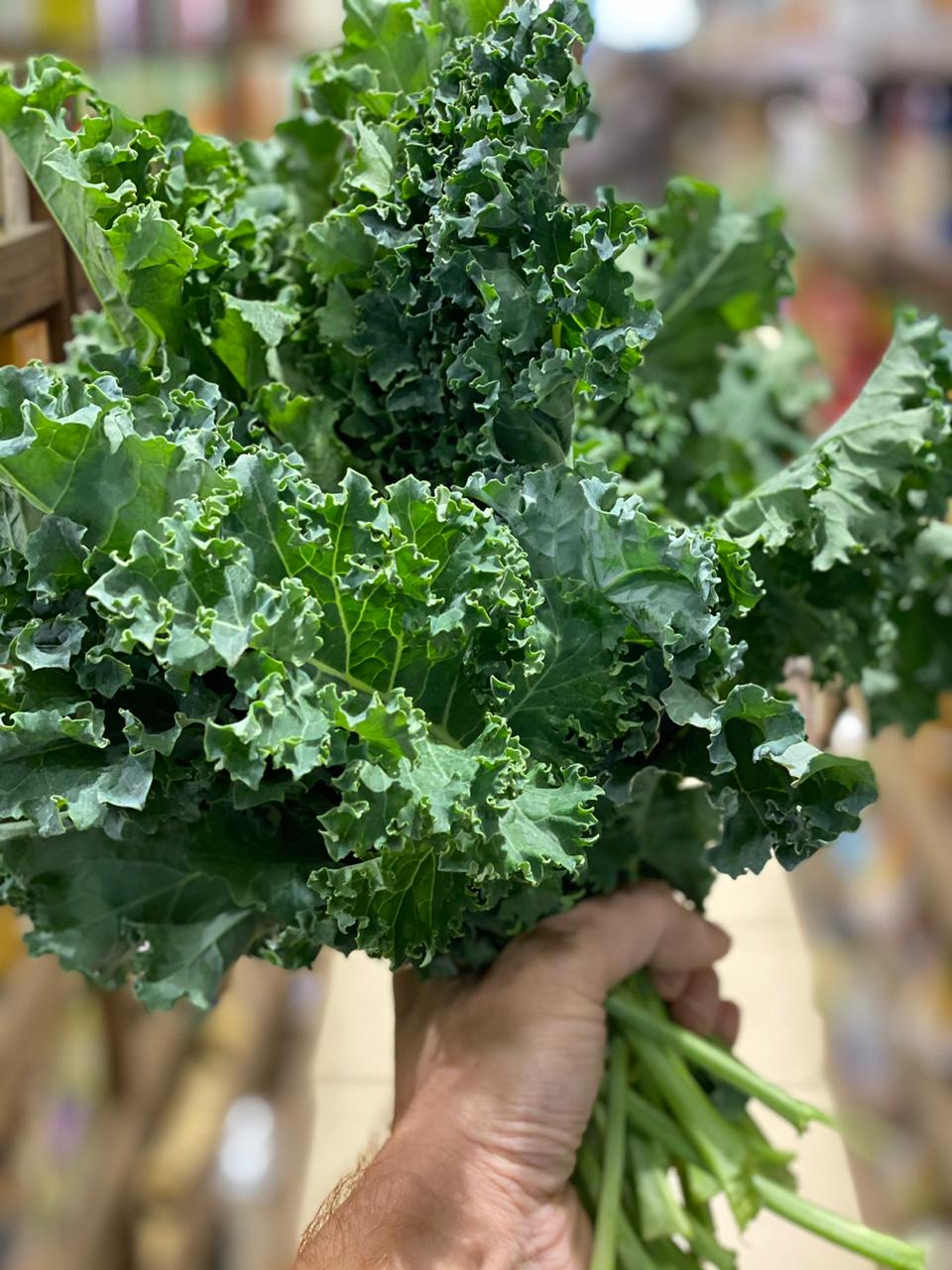

Brassica oleracea var. sabellica L.
|
Kale is a green leafy vegetable belonging to the Brassicaceae. It is a good source of glucosinolates such as glucoraphanin and glucobrassicin. Kale extract shows anti-proliferative, anti-cancer and anti-inflammatory activity by inhibiting the proliferation of cancer cells by inducing cell cycle arrest, up-regulates expression of caspase enzymes and induces apoptosis in the cancer cells and up-regulates antioxidant enzymes like catalase, glutathione transferase and Superoxide dismutase (SOD). Mode of Consumption : Fried or boiled |
| Plant Details | Agro-climatic Zone | Vernacular Names | Pictures |
| Scientific Name: Brassica oleracea var. sabellica L. Family: Brassicaceae Burnett Class: Magnoliopsida Order: Brassicales Genus: Brassica L. Fruiting Season: August-February Parts: Leaves and stem |
|
Andhra Pradesh : Kale Assam : Kale Bihar : Kale Himachal Pradesh : Kale Karnataka : Kale Kerala : Kale Tamil Nadu : Kale Uttar Pradesh : Kale West Bengal : Kale |
 Leaf |
| Compound/Extract | Activity | Mode of Action | Marker/References |
| Curly kale extract | Antiproliferative | Curly kale extract inhibits the proliferation of cancer cells by inducing cell cycle arrest. | Cell cycle arrest[2] |
| Curly kale extract | Anticancer | Curly kale extract up-regulates expression of caspase enzymes and induces apoptosis in the cells. | Caspase enzymes-3/7[2] |
| Carotenoids and polyphenols aliquots extracted from curly Kale | Anti-inflammatory | Carotenoids and polyphenols aliquots extracted from Curly kale up-regulates antioxidant enzymes like Catalase, Glutathione transferase and Superoxide dismutase (SOD). | Catalase, GST and SOD[3] |
| Major Class | Metabolites (Content of bioactives: mg/100g Fresh Weight) |
| Glucosinolate | Glucobrassicin: 1.7-110.48mg/100g FW, Glucoraphanin: 0.09-89.47mg/100g FW[1] |
| Effect | Observation | DOI |
| Disease | Formulation | Reference | Author | TKDL |
| Information from Wealth of India | Reference |
| 4.2, 04.2.1, 04.2.1.1, 04.2.1.3, 04.2.2.3, 04.2.2.5, 04.2.2.6, 04.2.2.8 |
| CSIR-North East Institute of Science and Technology, Jorhat-6, Assam, India
CSIR-Institute of Himalayan Bioresource Technology, Palampur-61,Himachal Pradesh, India |